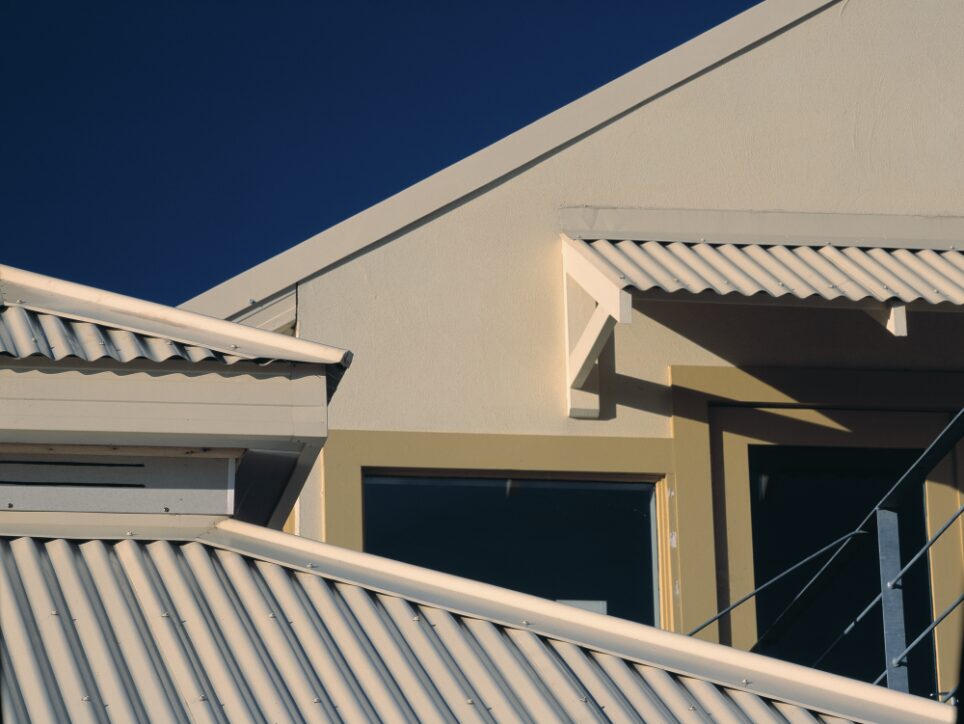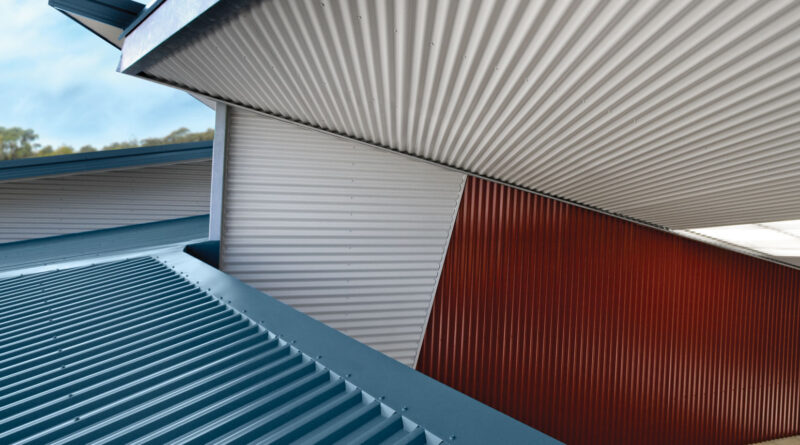Innovations in Roofing: The Benefits of Using Colorbond Flashing
Roofing has undergone significant transformation from the days of simple clay tiles or wooden shingles. Today, innovation and technology have introduced materials that aren’t just durable but aesthetically appealing too.
One standout in this league of modern materials is colorbond flashing. This piece delves deep into the merits of this modern marvel in roofing.
A Brief Overview of Modern Flashing Solutions
Before understanding the innovations, it’s essential to recognize the role of flashing in roofing. Flashing acts as a barrier, preventing water penetration at joints or bends. Modern solutions have evolved to offer maximum protection against environmental elements. These innovations have been driven by the need for more resilient building materials in the face of changing climate conditions.
Advanced flashing solutions have become indispensable for homeowners and builders looking for materials that can withstand harsh weather. Not only does this ensure a safer home, but it also guarantees peace of mind for homeowners. Thus, choosing the right flashing material is as much about safety as it is about aesthetics.
Why This Flashing Stands Out

Why does this particular one rise to the top in the plethora of materials available? First, it promises longevity. Being made of high-quality metal, it resists rust and corrosion, ensuring a prolonged life for the roof. Its reflective properties also mean that it helps in regulating indoor temperatures, reducing energy costs in the long run.
Additionally, it’s lightweight, making installation easier and reducing the overall load on the structure. Given these factors, it’s no wonder that more architects and builders are adopting this material in their projects. Beyond these benefits, the sleek finish it provides also enhances the overall appearance of the building.
Eco-friendly Roofing Choices
In today’s age, it’s not just about functionality. Eco-friendliness is paramount. This flashing solution is recyclable, meaning it has a lesser carbon footprint. When homeowners opt for this material, they’re making a conscious choice for the environment.
The production process itself is designed to be sustainable, using less water and producing fewer emissions. Given the growing emphasis on green building practices, integrating such materials is the need of the hour. Not to forget, homeowners can benefit from tax incentives or rebates in certain jurisdictions by reducing waste and promoting recycling.
Cost-effectiveness in the Long Run

While initial costs might seem higher than traditional materials, looking at the bigger picture is vital. Given its durability, there’s minimal need for replacements or frequent ain’t enance. This means, that over the years, homeowners can save a significant amount. Homeowners can allocate funds to other essential home improvement projects by eliminating the need for frequent repairs.
The reduced maintenance also means less hassle and inconvenience for families. Additionally, since this material aids in energy regulation, there are potential heating and cooling bills savings. Over a roof’s lifespan, these savings can be substantial, making the investment in quality flashing well worth it.
Versatility in Design and Use
Beyond its functional advantages, it offers a versatile design palette. It can be integrated with various roofing materials and styles, making it a favorite among architects and builders. Whether it’s a commercial building or a residential haven, it fits in seamlessly.
The adaptability also means that homeowners can customize the look to match their personal style or the aesthetic of their neighborhood. This adaptability extends beyond just residential homes. Whether it’s for a sleek office building or a modern industrial warehouse, this flashing solution can be tailored to fit the project’s needs. As design preferences evolve, having materials that can adapt is invaluable.
In conclusion, embracing the future of construction means adopting the likes of colorbond flashing and moving towards a sustainable and efficient architectural landscape. Innovations in roofing have provided a material that’s not only durable but also versatile, cost-effective, and eco-friendly.



